
ANM103 Comparative Physiology, Carnivore vs Herbivore Teeth YouTube
The dates of the fossils combined with the pollen and teeth analysis revealed that G.blacki went extinct between 295,000 and 215,000 years ago, earlier than scientists previously assumed.
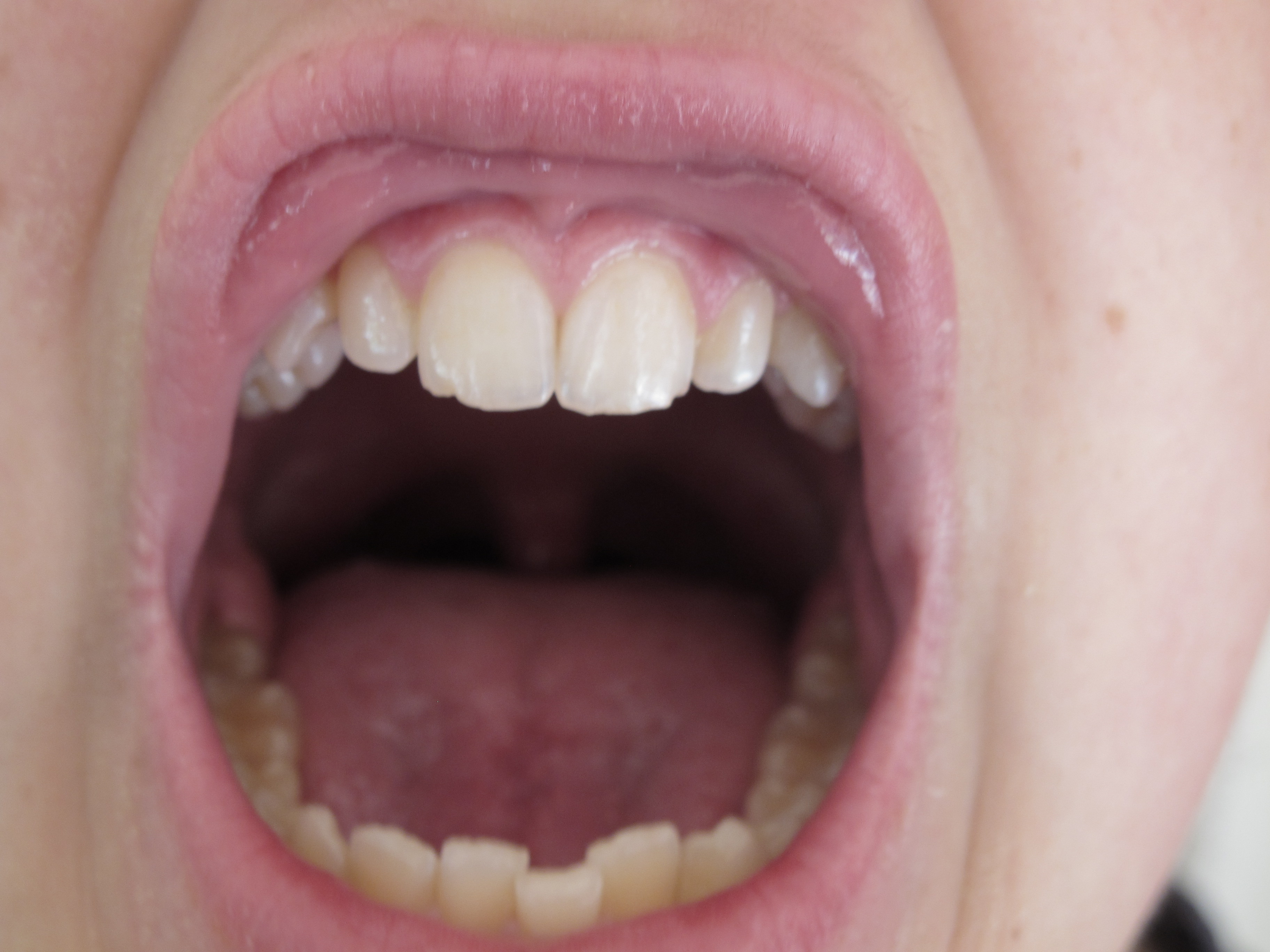
Teeth in herbivores, carnivores and us ingridscience.ca
Herbivores have teeth which are shaped to squash and grind plants. Teeth a and b on the diagram show the herbivore's teeth. Carnivores have teeth which are shaped to slice and rip the.
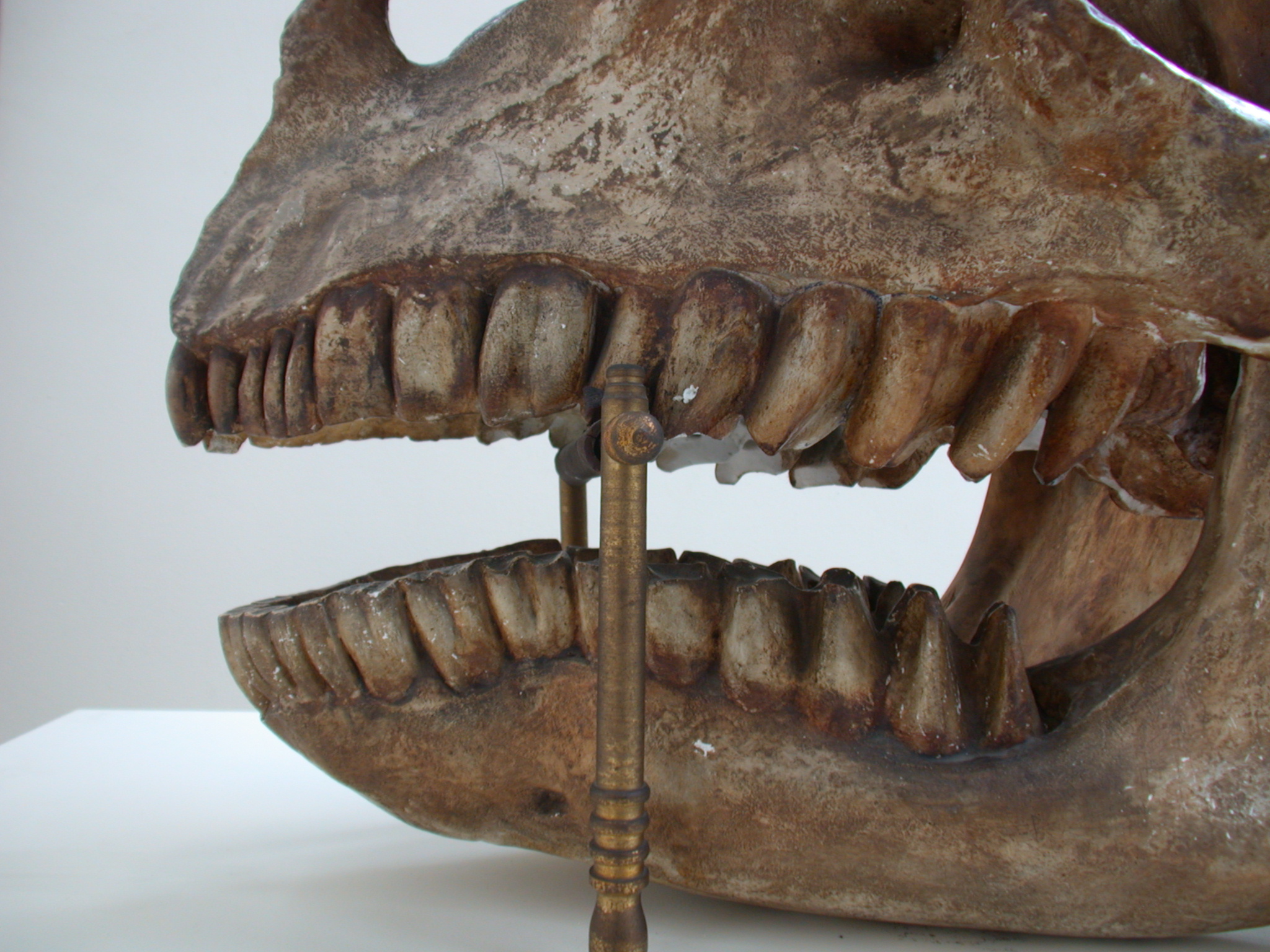
Image*After photos dinosaur teeth herbivore horn skull bone hard
The early appearance of the teeth, the authors of the paper suggest, is a crucial clue. If the sharp, conical teeth at the front of the dinosaur's mouth appeared at such a young age, perhaps.
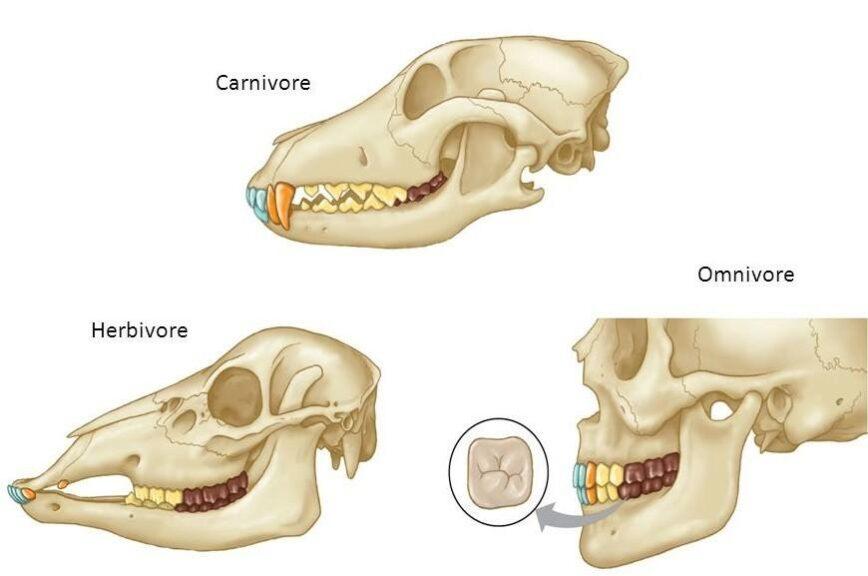
Herbivore Definition and Examples Biology Online Dictionary
The molars of herbivores become worn down by constant grinding of plant material between them. The teeth are composed of softer and harder materials, notably dentine and enamel. The overlying enamel is a hard, resistant layer, especially important in the incisor teeth of rodents. When they first erupt, the molar teeth of herbivores often have.
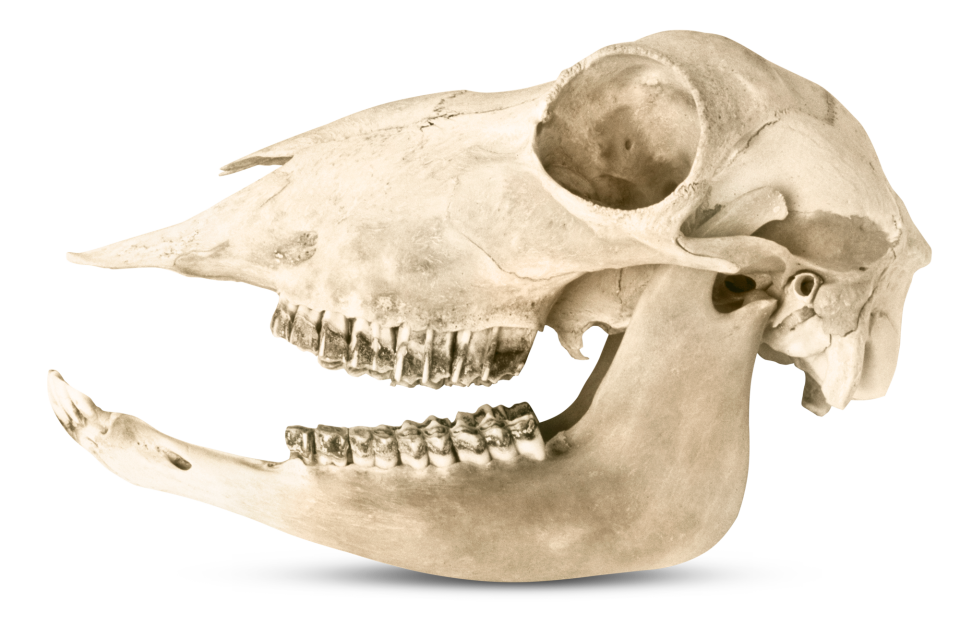
DK Find Out! Fun Facts for Kids on Animals, Earth, History and more!
By James Woodford. The largest known primate went extinct between 295,000 and 215,000 years ago, probably driven by its inability to adapt its food preferences amid a changing climate.

Herbivores Animals Types Of Teeth
Procedure An animal's teeth is an adaptation for the food that it eats. If herbivore jaws are available: Look at the herbivore jaw bones and teeth. (Photos show lower jaws of herbivores.) Herbivores have teeth that are adapted to smash up plants.

Why do animals have different teeth? BBC Bitesize
Teeth act as tools for acquiring and processing food, thus holding a prominent role in vertebrate evolution. In mammals, dental-dietary adaptations rely on tooth complexity variations controlled.
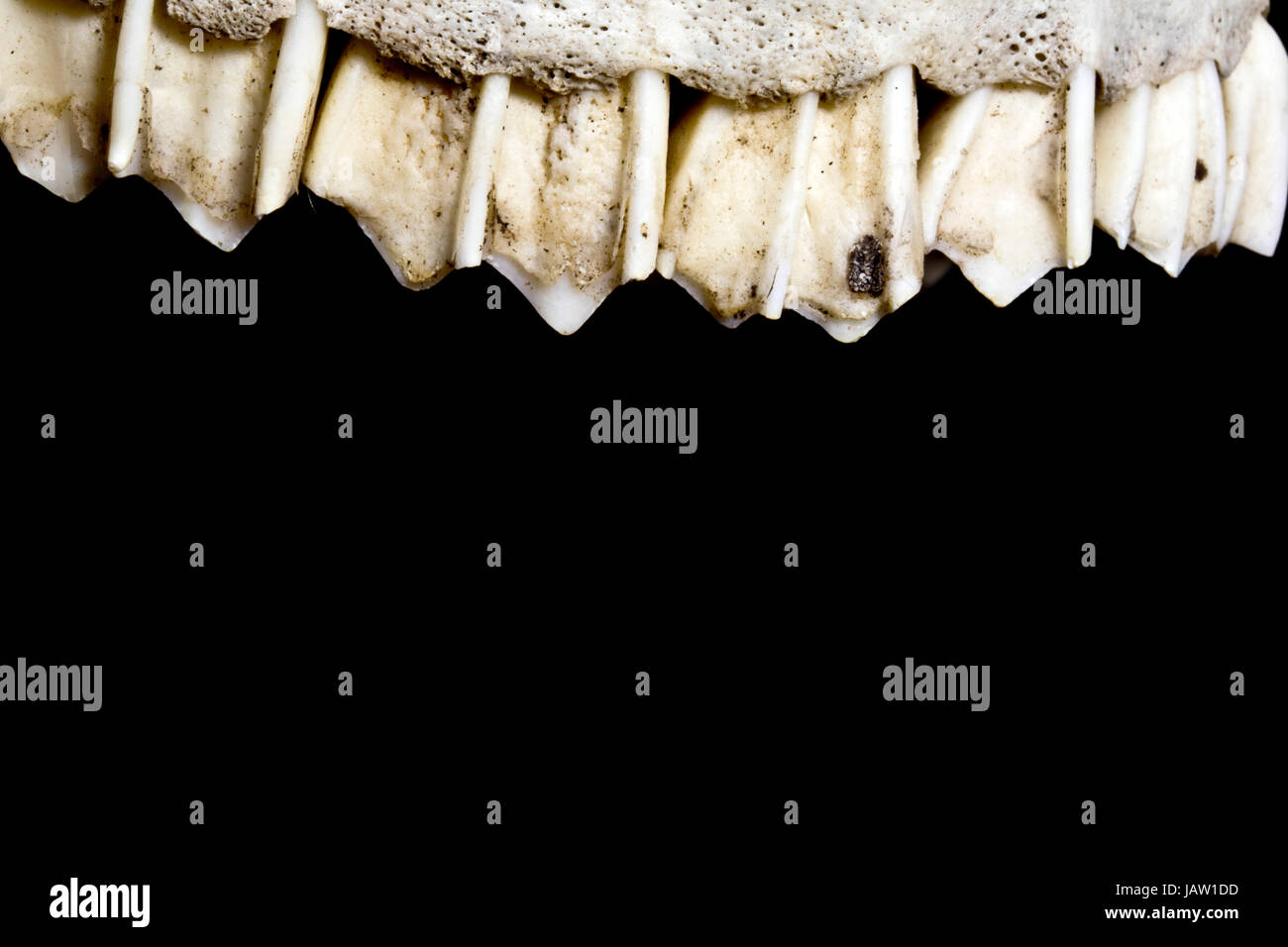
Herbivore teeth hires stock photography and images Alamy
The Teeth of Herbivores, Carnivores and Omnivores All animals have teeth that are adapted to eating certain types of food. For instance, herbivores, because they are plant eaters, have strong and flat molars that are made for grinding leaves and small or non-existent canine teeth.
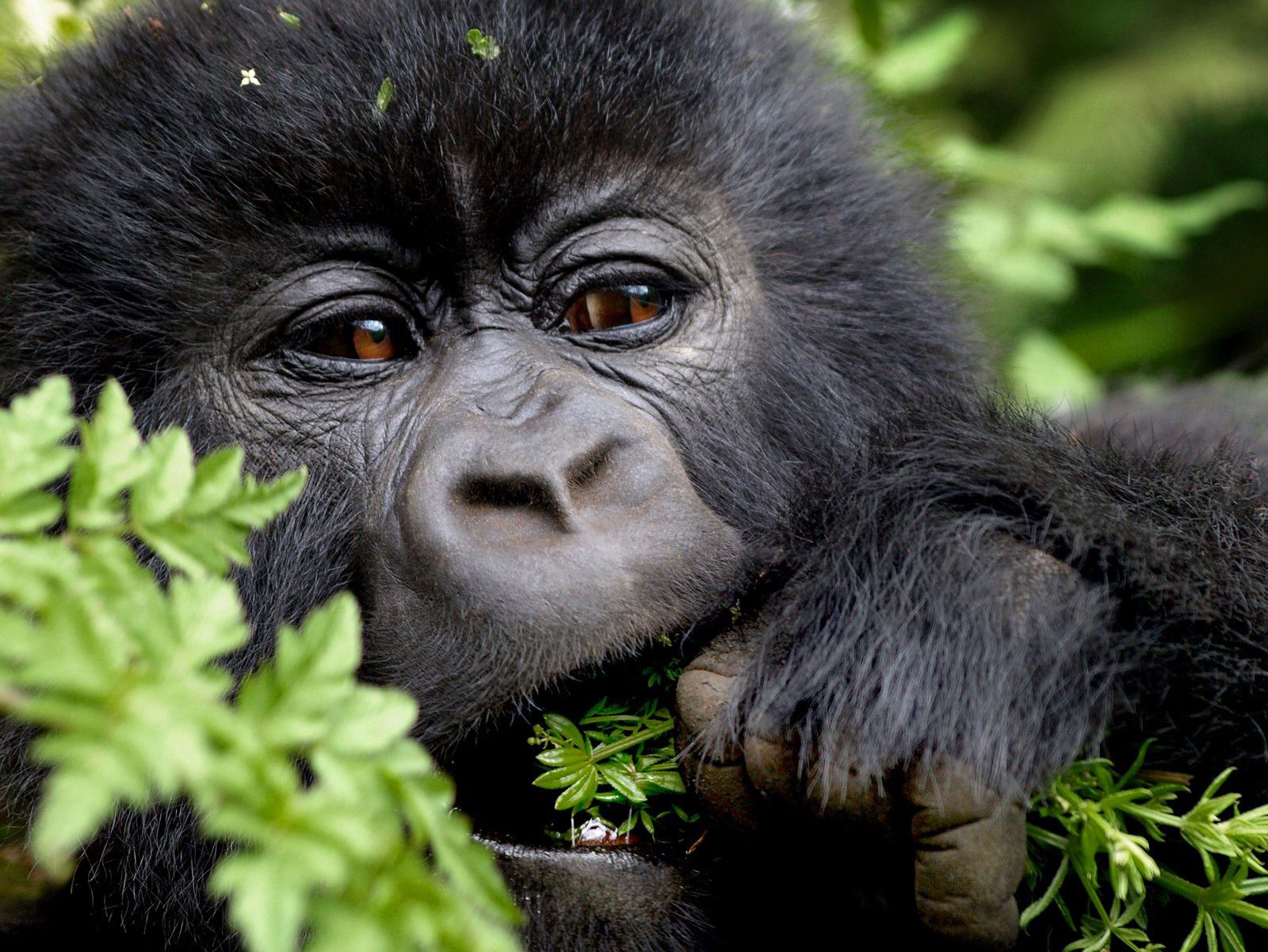
Why Do Herbivores Have Flat Teeth TeethWalls
An herbivore is an animal or insect that only eats vegetation, such as grasses, fruits, leaves, vegetables, roots and bulbs.. Herbivores have large, flat teeth that grind up plant materials. In.
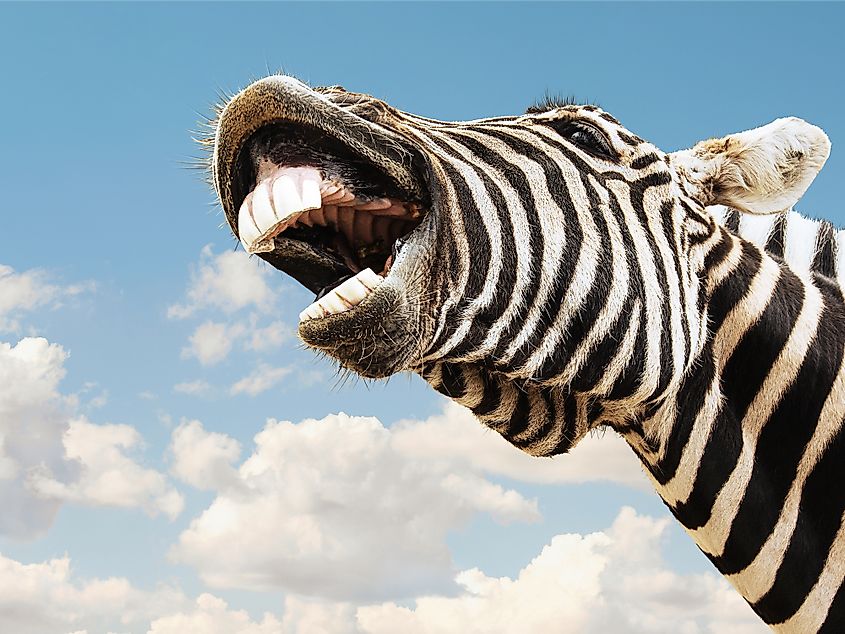
What is a Herbivore? The Knowledge Library
Wear patterns on teeth show that during its extinction window, Giganto stayed a herbivore. It lived on tough, fibrous plants, perhaps with few calories, such as bamboo. In the end, it was too much.
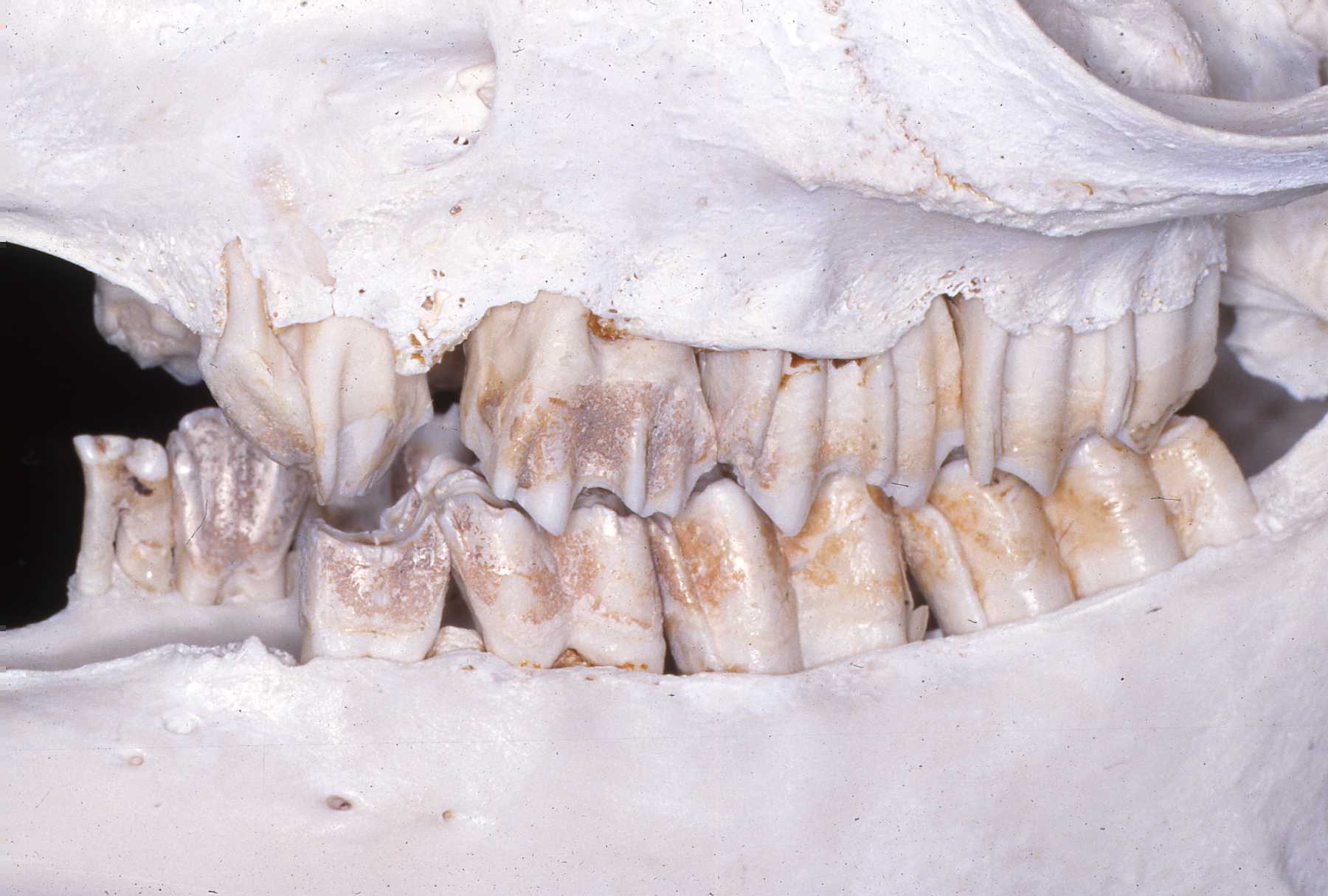
Herbivores John L. Scheels D.D.S. Exotic Animal Dentistry A Resource for Zoo Dental
Humans and many animals have a monogastric digestive system as illustrated in Figure 6.5.5 6.5. 5. The process of digestion begins with the mouth and the intake of food. The teeth play an important role in masticating (chewing) or physically breaking down food into smaller particles.

Herbivore teeth ID. Fossil ID The Fossil Forum
By Asher Elbein. Jan. 11, 2024, 11:00 a.m. ET. A team of researchers have announced the discovery of a new species of Tyrannosaurus from New Mexico, one that appeared in the fossil record five.

PPT Herbivores and Carnivores PowerPoint Presentation ID442184
How many teeth do herbivores have? The type and number of sharp teeth can slightly differ from mammal to mammal depending upon their choice of vegetation and throughout the actions during evolution. Some herbivorous animals feed on all types of edible plant material and fodder, for example, goats.

Animal teeth comparison. Computer artwork comparing the tooth and jaw structure of a herbivore
Article Vocabulary An herbivore is an organism that mostly feeds on plants. Herbivores range in size from tiny insects such as aphids to large, lumbering elephants. Herbivores are a major part of the food web, a description of which organisms eat other organisms in the wild.
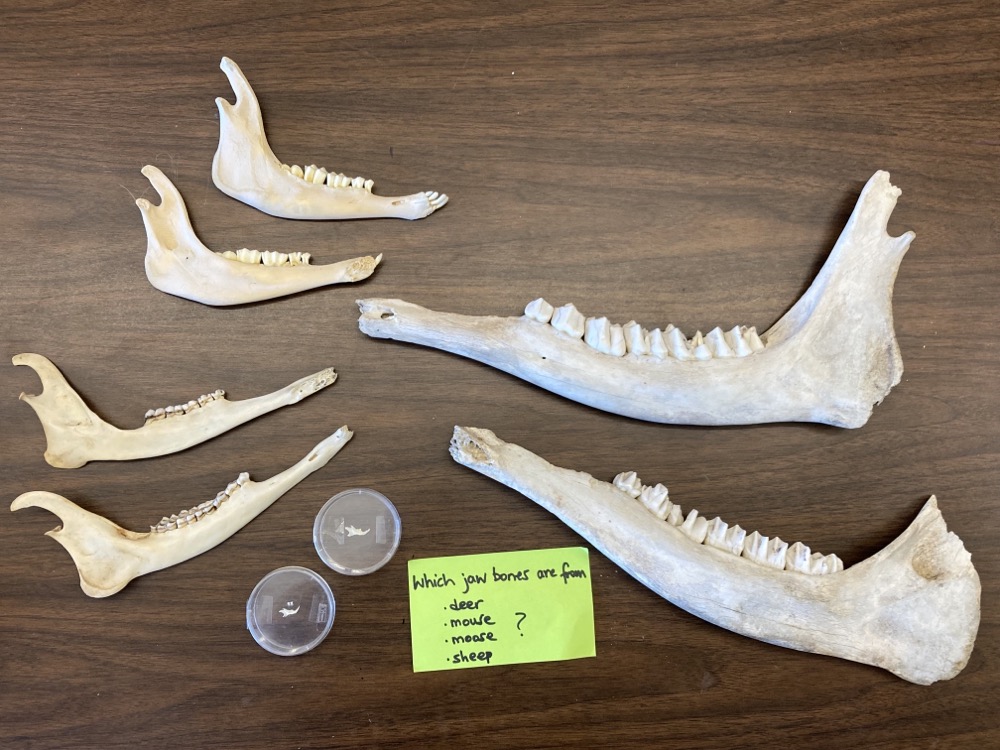
Teeth in herbivores, carnivores and us ingridscience.ca
Herbivores rely on their teeth to break down tough plant fibers and extract nutrients from vegetation. Their dental adaptations allow them to efficiently grind and chew plant matter. One of the most distinctive features of herbivores' teeth is their large and flat molars.

Herbivore teeth ID. Fossil ID The Fossil Forum
Dental and Skull Anatomy of Carnivores, Herbivores, and Omnivores | Main Street Children's Dentistry & Orthodontics An animal's diet is one of the most important aspects of its biology, and it helps shape the behavior, evolution, and anatomy of the species. The development